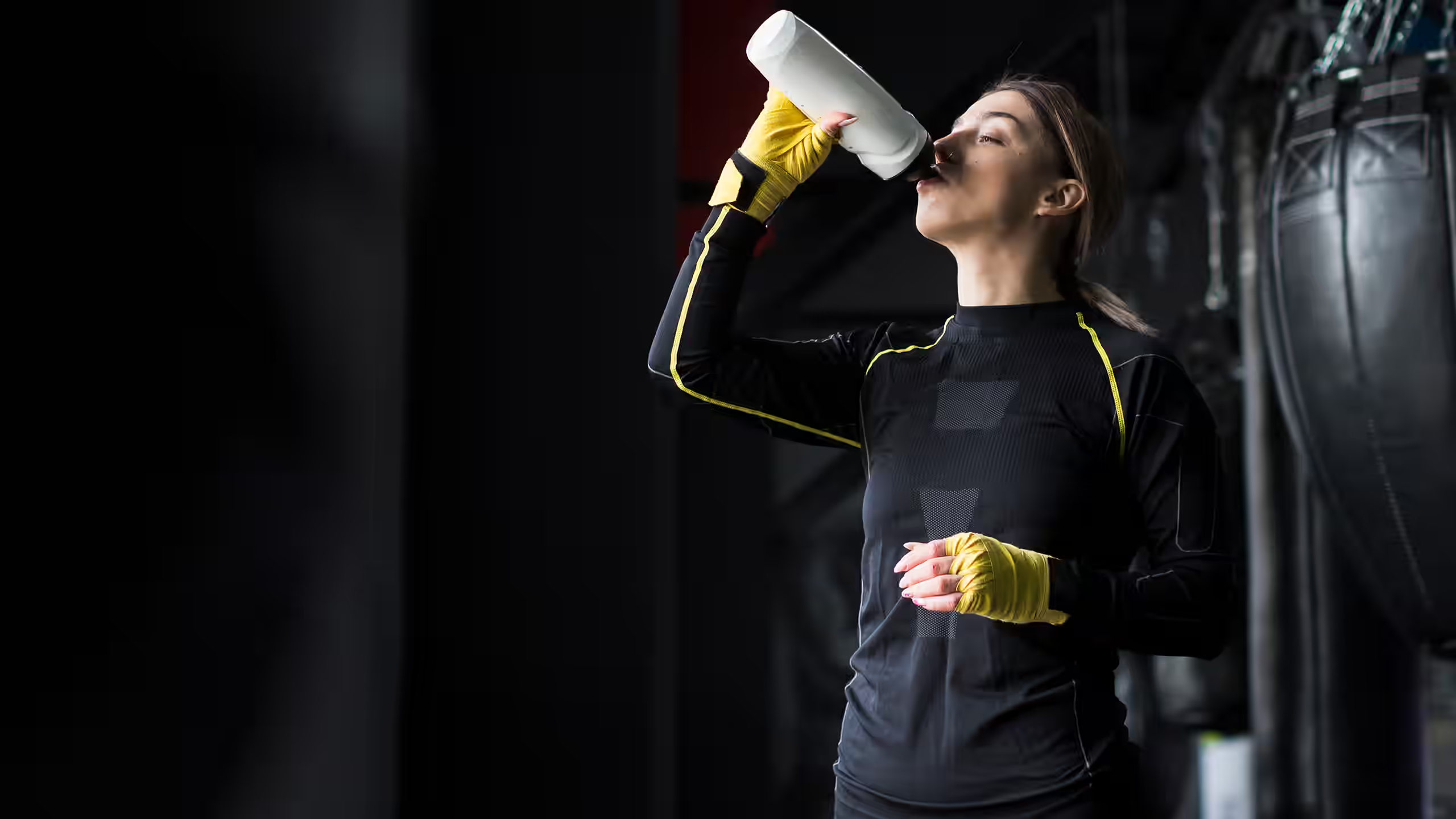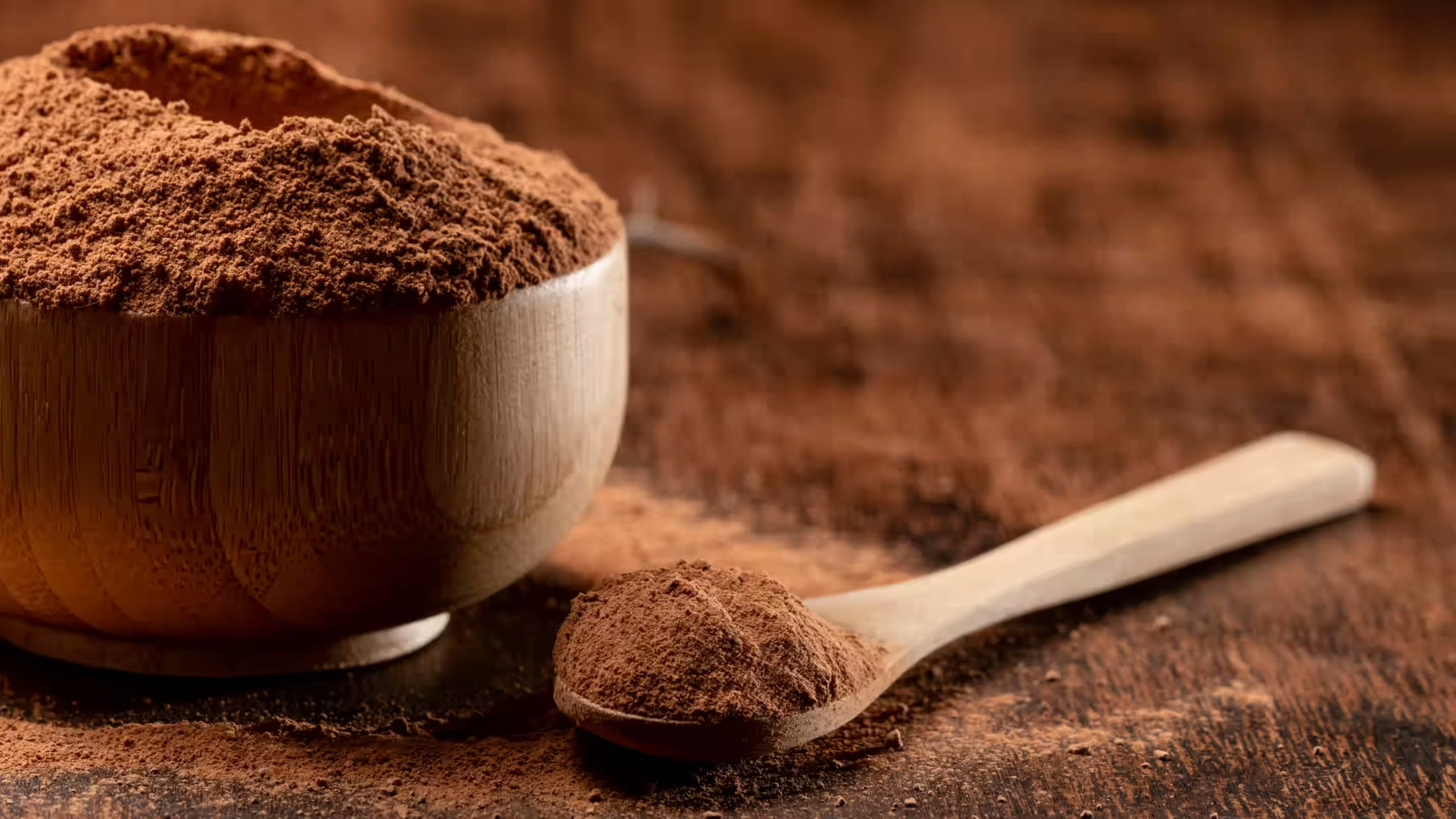No products in the cart.: ₹0.00
How to Choose the Best Protein Powder for Your Body: A Guide feat. Bioscape Nutrition.

Introduction
Choosing the right protein powder starts with clarifying goals, tolerance, and budget, then matching them to protein source, testing, sweeteners, and macros that fit daily habits. A practical framework simplifies the process for 2025, whether the target is lean muscle, weight management, or a gentle option for sensitive digestion—plus how to assess a brand like Bioscape Nutrition in that context.
Step 1 : Define the goal
- Muscle and recovery: Prioritize whey isolate or a complete plant blend with 20–30 g protein per serving, minimal sugar, and strong third‑party testing for purity and label accuracy.
- Weight management and satiety: Look for 20–25 g protein with 100–150 kcal, low sugar, and fiber-friendly mixes to replace snacks without adding calories.
- Gentle daily nutrition: Choose easily digestible proteins (whey isolate or low‑FODMAP plant blends) and avoid heavy gums or sugar alcohols if GI sensitivity exists.
Step 2 : Choose the protein source
- Whey isolate: High purity, low lactose, mixes well; often best for muscle gain and post‑workout.
- Whey concentrate: Budget‑friendlier with a bit more carbs/fats; good if lactose tolerance is solid.
- Casein: Slow-digesting option for nighttime satiety or steady amino release.
- Plant blends (pea + rice, etc.): Complete amino acid profile, good for dairy‑free or vegan needs.
- Clear whey: Light, juice‑like texture for those who dislike creamy shakes after training.
Step 3 : Check testing and transparency
- Third‑party certifications (e.g., Informed Choice/Protein, NSF) increase confidence in purity, accurate labeling, and banned substance screening—crucial for athletes and professionals.
- Transparent labels listing exact protein sources and sweeteners with no proprietary blends help compare value and digestibility.
- Cross‑check brand footprint: social proof, independent reviews, and consistent product info signal reliability for emerging brands like Bioscape Nutrition.
Step 4 : Read the nutrition panel
- Aim for 20–30 g protein, 100–150 kcal, low sugar per serving for most goals; adjust up for mass gain or down for snack replacement.
- Watch sodium and added sugars; many great powders keep sugar low without compromising mixability.
- If lactose sensitive, prefer whey isolate or dairy‑free blends; sample sizes or single‑serve sachets help test tolerance.
Step 5 : Choose sweeteners and flavors wisely
- Natural options like stevia or monk fruit are popular if avoiding sucralose or acesulfame K; unflavored powders maximize recipe flexibility.
- “Clear whey” fruit flavors suit hot climates or fast sippers; creamy chocolate/vanilla work for smoothies and oats.
- If GI sensitivity is an issue, reduce gums, sugar alcohols, and heavy flavor systems to keep digestion comfortable.
Step 6 : Match format and mixability
- Powders that mix smooth in water are easier for travel and office use; consider ready‑to‑mix vs RTD based on routine and cost.
- Newer isolates and clear whey often score high on mixability and light mouthfeel, which helps long‑term adherence.
- Taste testing matters: highly rated options are more likely to be used consistently, improving results.
Step 7 : Budget and value
- Compare cost per 20–25 g protein, not just per tub; some premium isolates justify higher price via testing and purity.
- Value picks often include whey concentrates or plant blends with solid macros and acceptable flavoring, ideal for daily shakes.
- Seasonal deals and subscriptions can drop effective cost; verify that formulas stay consistent over time.
Where “Bioscape Nutrition” fits
- As a branded keyword, Bioscape Nutrition can capture buyers already aware of the brand; ensure pages include clear product specs such as protein per serving, BCAAs, flavor options, and testing statements to improve conversions.
- If offering whey concentrate and isolate, position isolate for low‑lactose, high‑purity needs and concentrate for value‑driven daily use, with straightforward guidance on who should pick what.
- Maintain consistent product information across social, marketplace, and D2C pages to build trust signals around the Bioscape Nutrition line.
Quick decision guide
- Best for muscle and recovery: Whey isolate or complete plant blend, 20–30 g protein, third‑party tested, low sugar.
- Best for weight management: 20–25 g protein, 100–150 kcal, satiating flavors, minimal sugar; consider clear whey for lightness.
- Best for sensitive digestion: Whey isolate or simple plant blends with minimal additives and gentle sweeteners.
- Branded pick to evaluate: Bioscape Nutrition—confirm serving protein, sweeteners, lactose notes, and any third‑party testing before purchase.
On‑page SEO checklist
- Use “How to Choose the Best Protein Powder” in H1, SEO title, first paragraph, and one H2; keep density natural and helpful.
- Add “Bioscape Nutrition” in intro, a comparison paragraph, and FAQ to rank for branded and commercial intent queries.
- Include long‑tails like “best protein powder for weight loss,” “best whey isolate 2025,” and “clear whey vs creamy” in subheads and FAQs.
- Optimize meta title (55–60 chars) and meta description (150–160 chars), plus structured FAQs for rich results.
FAQs
- Which is best for beginners? Whey isolate for easy mixing and digestibility; plant blends for dairy‑free diets.
- How many grams per serving? Most choose 20–30 g, adjusting to total daily protein targets and meal timing.
- Is third‑party testing necessary? Strongly recommended, especially for athletes and professionals subject to testing.
- Where does Bioscape Nutrition fit? Treat it as a candidate brand; verify protein per scoop, sweeteners, lactose notes, and testing before buying.
“How to Choose the Best Protein Powder” comes down to aligning goals, tolerance, and budget with source, testing, macros, and flavor—then validating brand credibility, including options like Bioscape Nutrition, before purchase in 2025. Following this checklist leads to a powder that is enjoyable, digestible, and effective across fitness, weight management, and daily wellness needs, increasing consistency and results over time.


